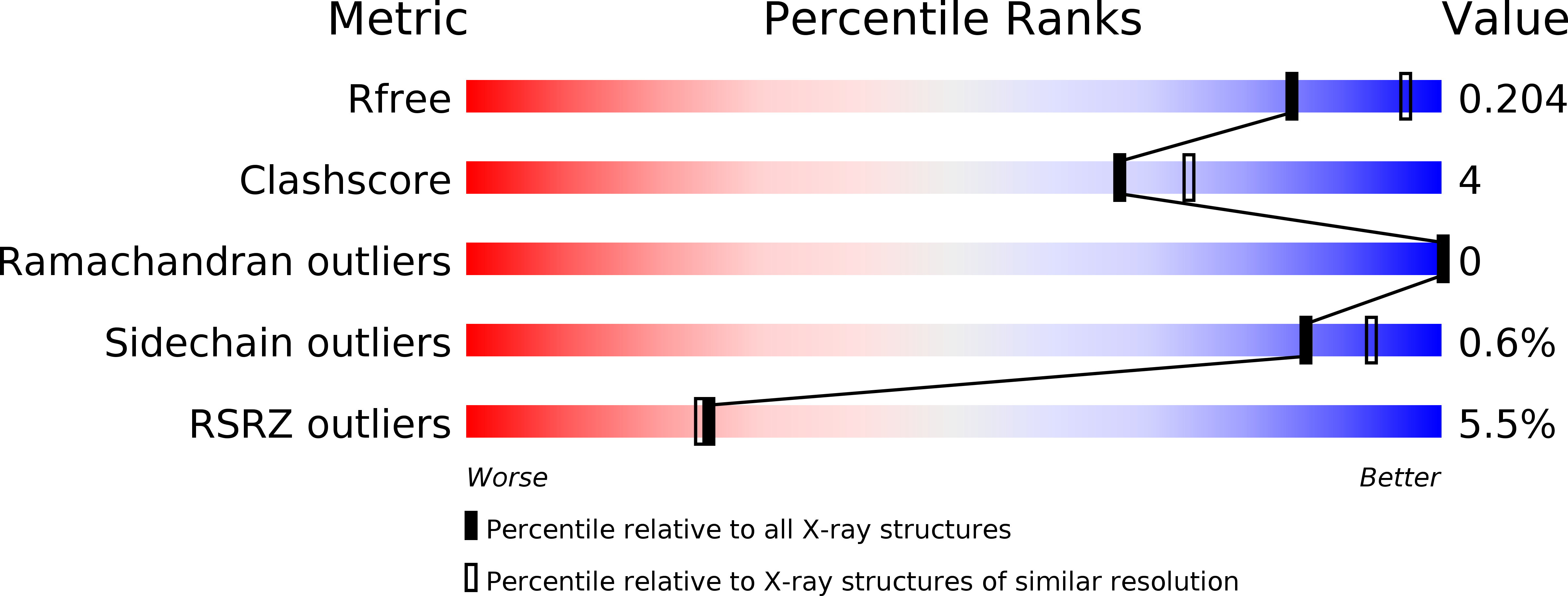
Deposition Date
2013-08-08
Release Date
2013-09-25
Last Version Date
2024-02-28
Entry Detail
PDB ID:
4M5U
Keywords:
Title:
5-(4-FLUOROPHENYL)-3-HYDROXY-6-[4-(1H-1,2,3,4-TETRAZOL-5-YL)PHENYL]-1,2-DIHYDROPYRIDIN-2-ONE bound to influenza 2009 pH1N1 endonuclease
Biological Source:
Source Organism:
Host Organism:
Method Details:
Experimental Method:
Resolution:
2.20 Å
R-Value Free:
0.20
R-Value Work:
0.18
R-Value Observed:
0.18
Space Group:
C 2 2 21


